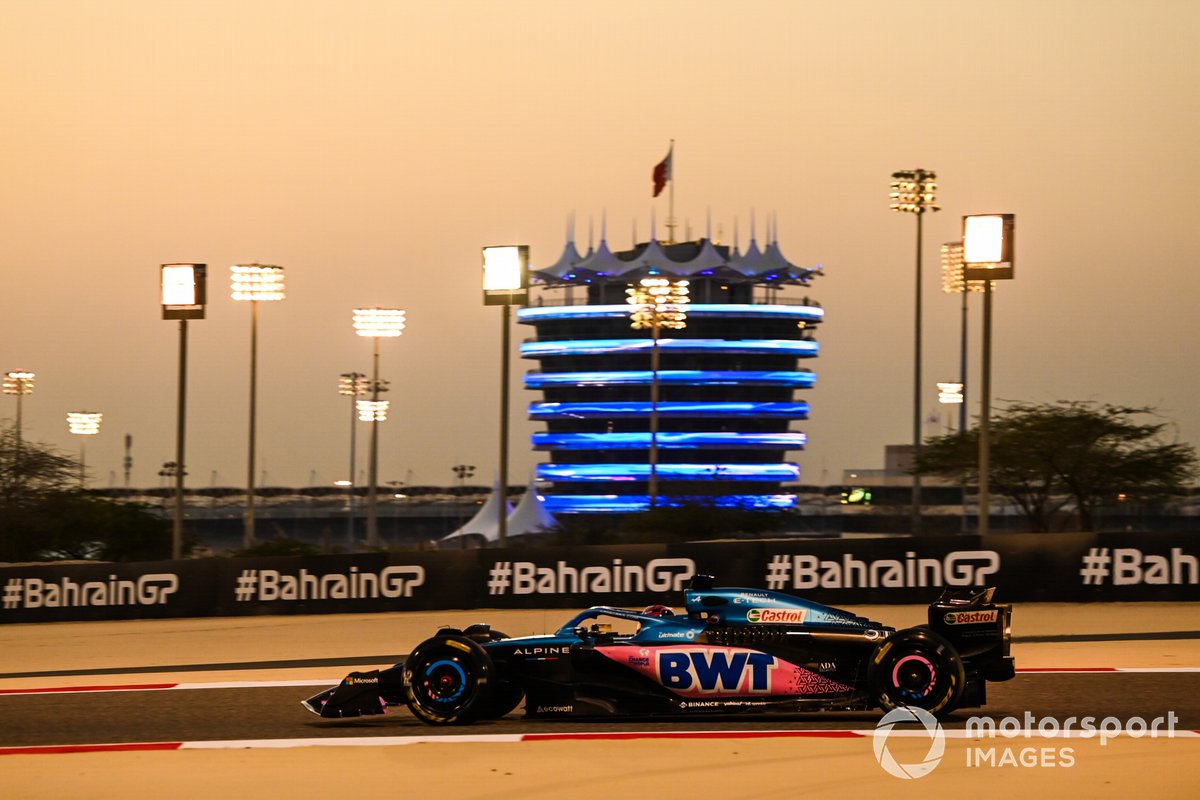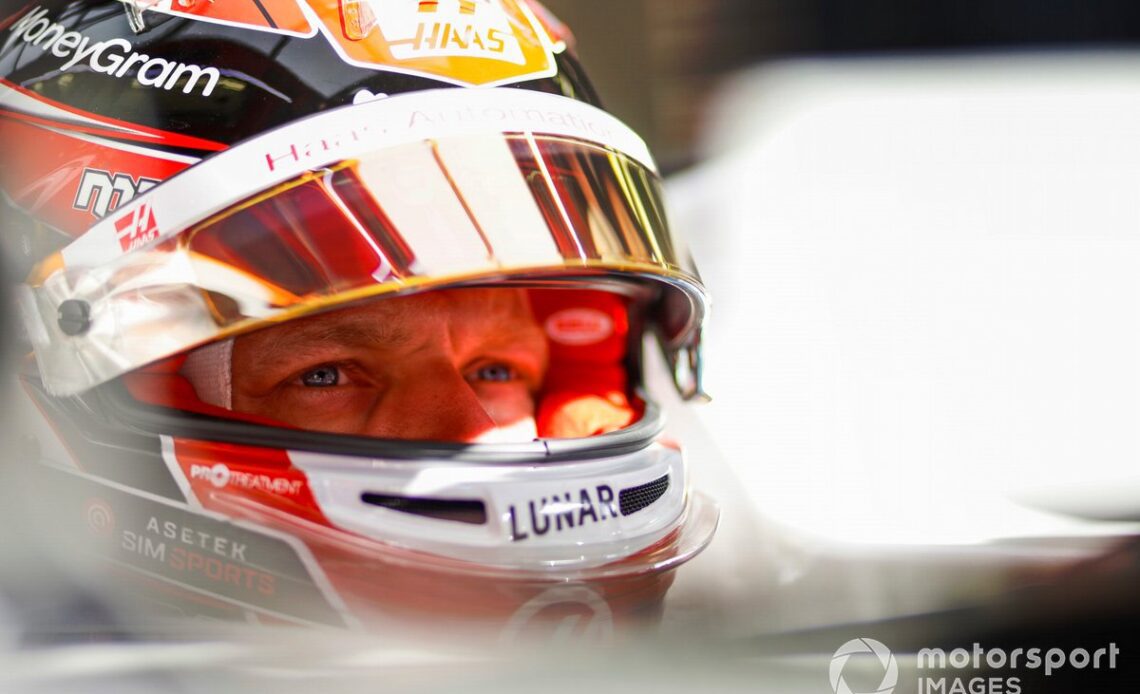Last year, many F1 teams struggled with excessive bouncing on the new ground effect cars, which led to lobbying to tweak the regulations for 2023 on safety grounds.
For 2023 the floor edges were raised by 15mm to prevent teams running their challengers as closely to the ground as last year and reduce the bouncing effect.
Few cars appeared to experience porpoising during the three-day test, with most cases explained by extreme set-ups as teams explored the limits of what they could get away with before the problem reared its head.
According to Haas driver Magnussen, the floor changes have had the desired outcome, albeit with the side effect that drivers will have to deal with cars that are more sensitive to wind.
Strong tailwinds dramatically reduce downforce by reducing the air speed over the cars, while crosswinds can unsettle the car balance in high-speed corners.
“There’s less porpoising,” Magnussen said during the Bahrain pre-season test. “One of the negative consequences that everyone’s facing is that it’s also a little bit more wind-sensitive. And it has been a bit windy here.
“So, there’s going to be a little bit more inconsistency from the cars, but that’s an issue that everyone has to tackle.”
Kevin Magnussen, Haas F1 Team
Photo by: Sam Bloxham / Motorsport Images
The raised floors are said to have cost teams around half a second in lap times, but F1’s unrelenting development race means most if not all teams have already clawed back the downforce losses from the rules tweak.
“I know exactly what, but I can’t obviously tell [you] that,” Magnussen said when asked if his car had lost downforce.
“Those rule changes put everyone back and then everyone’s been putting downforce back on. Some people would have gained, so they have a lot more than they did last year.
“The rules were better for downforce last year, but I think everyone will have made a good step.”

Esteban Ocon, Alpine A523
Photo by: Mark Sutton / Motorsport Images
Alpine’s Esteban Ocon said his car didn’t seem to have lost any downforce either.
“Well, if you take the regulations, we should have lost downforce. I don’t feel that’s been the case so that’s pretty good,” he said.
“If you want my opinion, I feel a lot of other different things between last year’s car and this year’s car in terms of how it handles, in terms of balance stability and braking stability as well which is improved.”
Ocon agreed that 2023 cars are perhaps more wind sensitive, although he cautioned…
Click Here to Read the Full Original Article at Autosport.com – Formula 1 – Stories…

